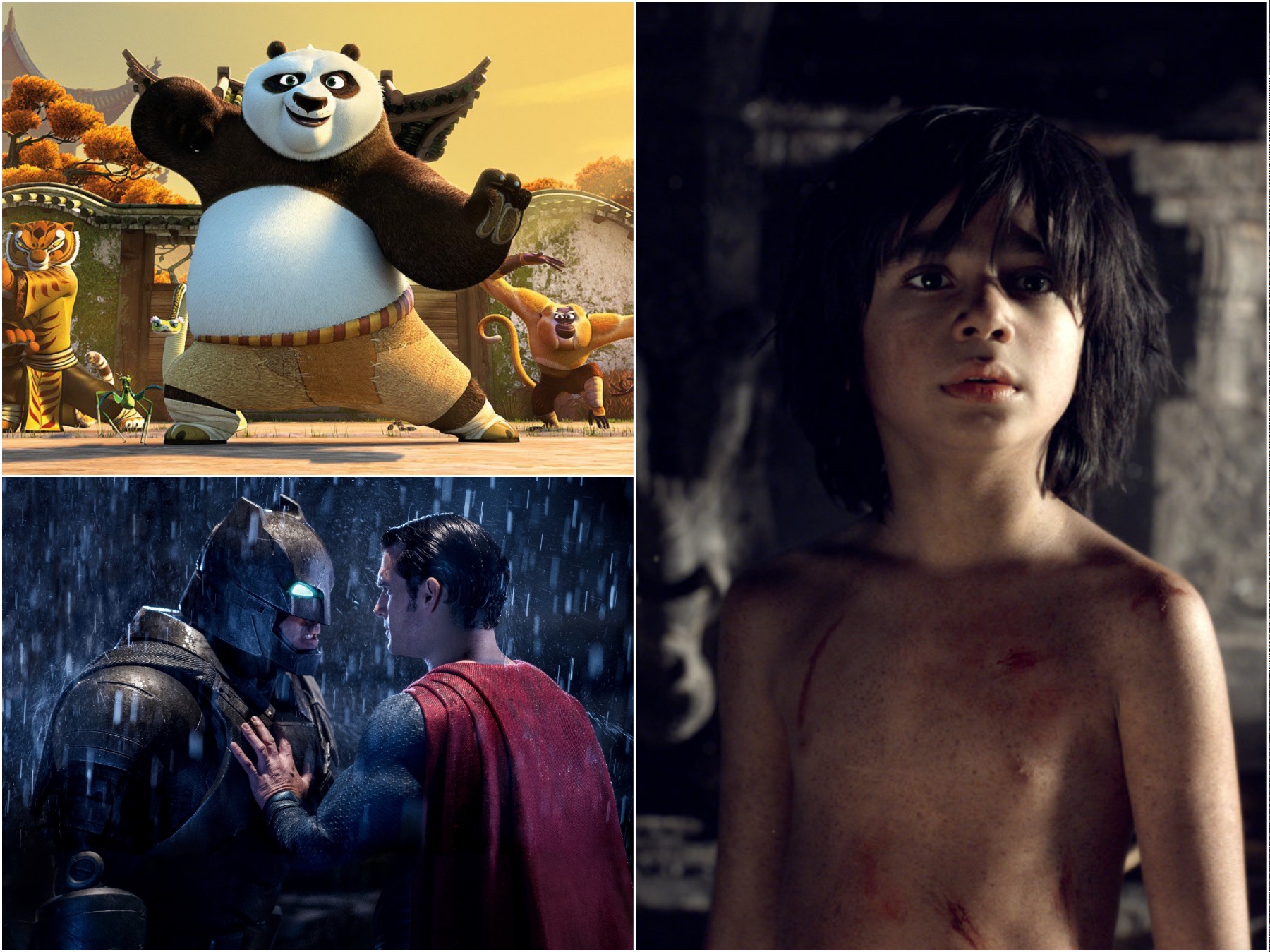
- Industry
The Power of International Markets: In India, It’s Bollywood Vs Hollywood
In a country addicted to 3-hour long movies that are mash-ups of every genre (musical numbers, bodice-ripping melodrama, action and chase scenes all in the same movie) with saintly mothers, perky heroines and suffering-while-singing heroes, the second biggest movie of last year was The Jungle Book. It shattered every record by grossing $39 million. The movie was released in English in urban areas, and dubbed in Tamil, Telugu and Hindi by Bollywood stars for the vernacular audiences.
This is an impressive number, considering the average movie ticket costs less than $4, and that’s in multiplex theaters. At the low end, admission costs less than a dollar.
The uber flop Batman v. Superman made $1.8 in its opening week in India, bearing out the contention that a lot of bombs are bailed out by the international market. Kung Fu Panda 3 became India’s highest grossing animated film, again giving local cinema a run for its money. The Conjuring 2 and Deadpool were big hits as well, beating out the local offerings.
It’s easy to see why Hollywood’s focus has been on China lately. By 2020, China will overtake the US domestic box office, according to a report by Ernst & Young. But the fourth largest international market, India, has not had the same level of press attention.
One of the fastest growing economies in the world, India had a growth rate of 7.6% in 2015. In 2016, the total box office take was $1.8 billion, up from $1.5 billion in 2015, according to statista.com.
Well aware of the potential for this market, Hollywood studios increasingly cast Indian stars in tentpole movies. Priyanka Chopra, a huge Bollywood star with a successful TV series in the US, Quantico, will be in the upcoming Baywatch. Deepika Padukone, another big star in India, was in the last XXX movie with Vin Diesel. Irrfan Khan, the respected character actor, has made a very good living in lead roles in Jurassic World, Inferno, Life of Pi, The Amazing Spiderman, The Namesake, and several others. Anupam Kher and Om Puri, other character actors with long careers in India, have been seen in Silver Linings Playbook and The Hundred-Foot Journey, respectively. Slumdog Millionaire launched the careers of Freida Pinto and Anil Kapoor in the US.
Action movies with less dialogue, and animated movies, especially musicals, unsurprisingly, get the biggest crowds. A couple of genres that don’t travel well, according to conventional wisdom, are comedies and African-American stories. Sense of humor varies hugely among cultures, and the common Indian moviegoer has no frame of reference for stories with African-American characters and context. But one African-American star is very big in India: Will Smith, who has always been a very savvy marketer of his movies, and travelled to India to woo Indian voters a few years ago. He appeared on Indian television for interviews, and was widely photographed with Bollywood stars and written about in the local media. His (action) movies have always found audiences in India. (Even India couldn’t redeem Collateral Beauty, though.)
But for the sophisticated movie fan who has no scruples illegally downloading movies or buying pirated versions from street vendors, the art-house and character-driven movies, which do not reach cinemas in India, are easily available and much admired. Unfortunately, there are no art-house cinemas in the cities for this market. (India’s English-speaking youth is also completely plugged into American TV shows that will never be broadcast on Indian television.) At the Mumbai Film Festival, held annually in October, throngs of young people queued up for hours to get into screenings, buying not-cheap passes for all-access, attending seminars on filmmaking, and even contributing to the crowdfunding attempt three years ago, when the festival ran out of funds and was teetering towards cancelation.
In a country where 50% of the people are below the age of 25, and more than 65% are below 35, where even slums sport satellite dishes, and cell phones are no longer considered a luxury, the largest democracy in the world, with no protectionist policies towards importing movies, can only grow its filmgoing population going forward.